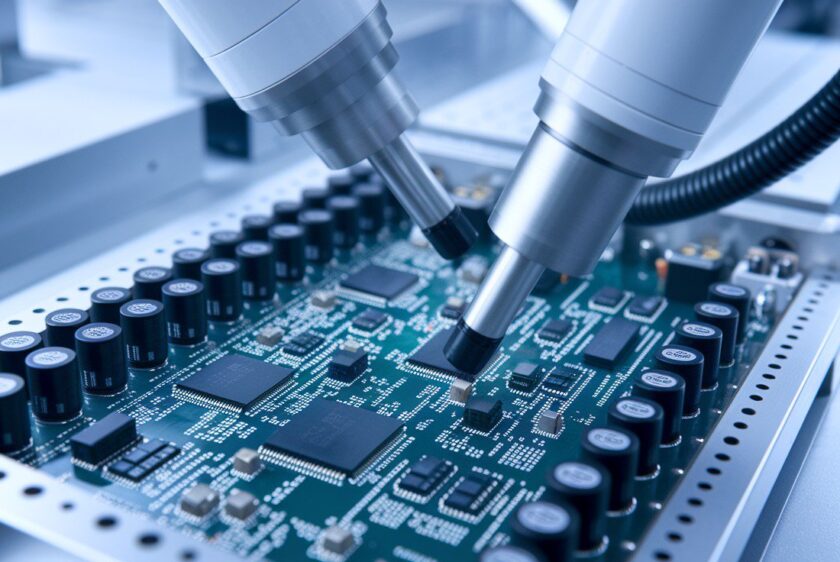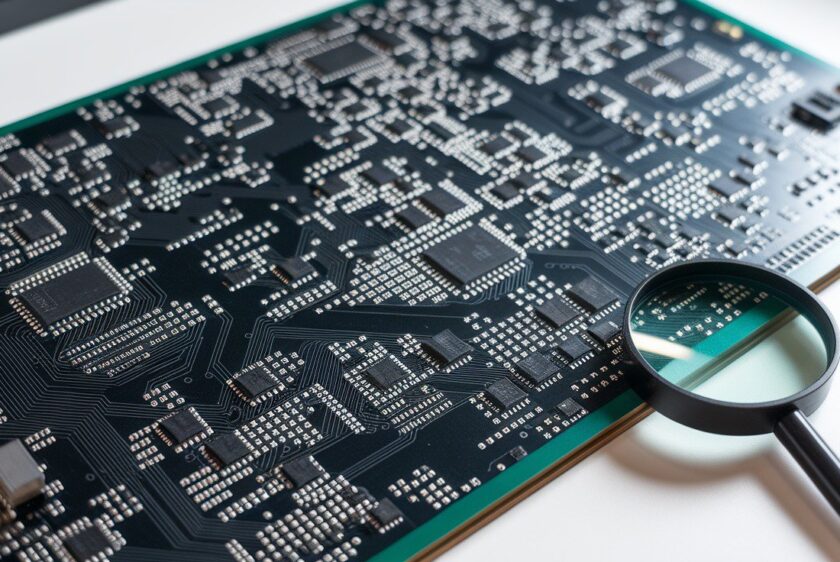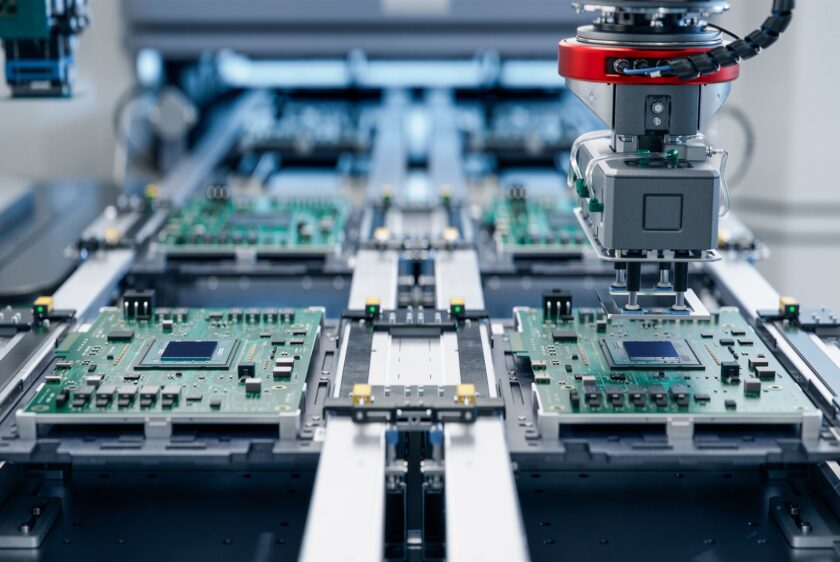
In aerospace, defense, and medical devices, failure isn’t just expensive—it’s existential. There’s no room for “good enough.” Which means your electronics manufacturing services (EMS) partner can’t just be a box-builder. They must be a trusted extension of your engineering team, your compliance framework, and your reputation.
Delays, escapes, or regulatory stumbles don’t just cost you margin—they can destroy customer confidence, trigger audits, and tank programs you’ve spent years building. That’s why choosing a contract manufacturer is less about sourcing and more about strategic risk management.
Here’s how to evaluate EMS partners when the stakes are high, the specs are tight, and failure is off the table.
1. Certifications That Actually Mean Something
Anyone can slap a certificate on a website. But in regulated environments, real certification isn’t performative—it’s protective. Your EMS partner needs to demonstrate process maturity, not checkbox compliance.
Look for:
- ✅ ISO 9001:2015 – The bare minimum for general quality management.
- ✅ ISO 13485:2016 – Required for medical device builds.
- ✅ ITAR registration – Critical for defense and aerospace.
- ✅ FDA registration – Mandatory for Class I & II medical devices.
But don’t stop at the certificate. Ask:
🔍 Can they walk me through their last customer audit?
🔍 What’s their CAPA process like?
🔍 How do they prove traceability in practice?
Certifications are only valuable if the systems behind them hold up under real-world pressure. If your EMS partner can't survive regulatory scrutiny by bodies like the DDTC (Directorate of Defense Trade Controls), neither can your product. So, ensure they comply with u.s. government regulations and can keep accurate records.
2. U.S.-Based Manufacturing Isn’t Just a Location—It’s a Risk Strategy
Offshoring is seductive until it’s not. Long lead times, geopolitical volatility, IP leakage, and language barriers all multiply risk—especially in low- to mid-volume, high-mix production.
Stateside manufacturing offers more than proximity:
- 🕒 Faster turnarounds for builds and revisions
- 🔍 Clearer process visibility and accountability
- 🧠 Better cross-functional collaboration between teams
- 🛡️ Stronger IP protection under U.S. law
- ⚖️ Compliance with International Traffic in Arms Regulations (ITAR) for itar-registered companies.
In high-reliability industries, distance equals drag. A U.S.-based partner minimizes blind spots, accelerates iteration, and keeps your program inside the guardrails.
3. Full-Lifecycle Support That Starts Before the BOM Is Final
A good EMS partner builds boards. A great one helps you build a better product. Look for a team that contributes from the moment schematics hit the screen—not just at PO issuance.
You want:
- ✅ Early-stage DFM (Design for Manufacturability) and DFT (Design for Test) input
- ✅ In-house prototyping and pilot runs
- ✅ Support for low-MOQ production
- ✅ Seamless handoff through EVT → DVT → MP
When considering your defense-related applications, ensure they are familiar with the United States Munitions List. Design intent gets lost in translation when your contract manufacturer is just a fabricator. A partner embedded across the lifecycle protects both your IP and your vision, ensuring compliance with arms regulations and itar jurisdiction.
4. Testing and Inspection That Catch What CAD Can’t
In precision electronics, defects aren’t always visible—and assumptions kill programs. That’s why testing isn’t optional. It’s a line of defense.
Non-negotiables include:
- 🔍 AOI (Automated Optical Inspection) for surface-level anomalies
- 🩻 X-ray inspection for concealed joints or BGA voids
- 💡 ICT and functional test integration
- 🧾 Full serialization and lot traceability
Ask your prospective EMS:
🗣️ Tell me about a time your inspection process caught something the design team missed.
If the answer is vague, walk.
Great partners verify what the drawing doesn’t show. They prevent small mistakes from becoming big regrets by ensuring compliance with export control regulations and verifying defense-related articles.
5. Built-In Flexibility to Scale Without Scrambling
Your needs will change. Your EMS partner should be able to flex without flinching. That means both infrastructure and mindset must support volatility.
Look for:
- 🔄 Turnkey and consigned options
- 📅 Modular quoting and flexible scheduling
- 🧩 Ability to shift between NPI, low-volume, and ramp production
- 🧱 Capacity for multi-year programs and design revisions
Because nothing derails momentum faster than a manufacturing partner who can’t keep up. Flexibility isn't about saying yes to everything—it’s about having the operational range to respond when the roadmap takes a turn, especially when dealing with prime contractors and high-security needs.
6. Local Knowledge That Outpaces Global Uncertainty
There’s a reason North County San Diego—Carlsbad, Vista, Oceanside, Escondido—has become a stronghold for high-mix EMS.
This corridor offers:
- 🚀 Proximity to Southern California's aerospace, defense, and medtech hubs
- 🔬 Deep engineering and skilled labor bench
- 🎓 R&D access through universities and incubators
- 🔁 Increased reshoring momentum for better supply chain control
In a world where every link in your supply chain is a potential failure point, local capability equals global stability.
Final Thought: Optimize for Risk, Not Just Cost
Engineering teams get squeezed to move fast and save money. But cutting corners on manufacturing in high-stakes markets isn’t frugal—it’s foolish.
When speed, quality, and compliance are non-negotiable, your EMS partner must bring more than machines to the table. They need the certifications, systems, and strategic fluency to help you avoid risk before it gets expensive—or unrecoverable.
So don’t just vet vendors. Choose the partner who helps you build what’s next—without risking everything you’ve already built.








